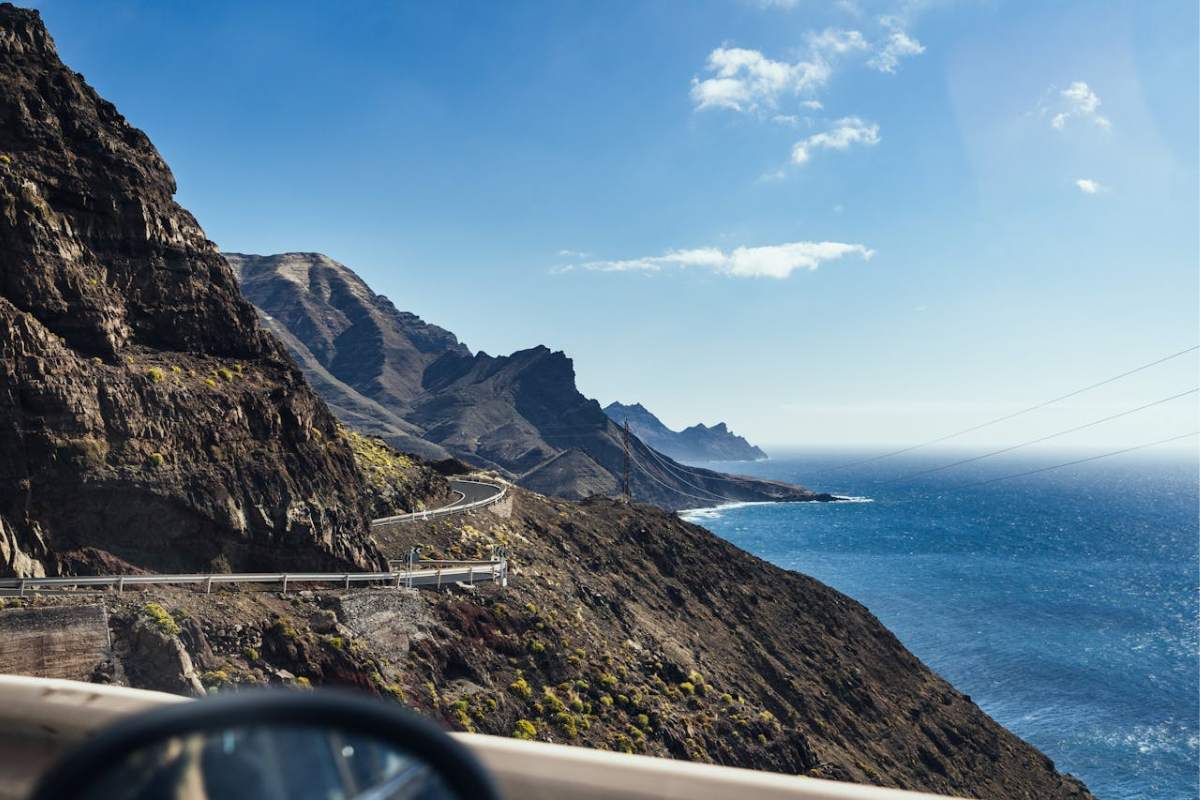There’s nothing quite like the experience of scuba diving. Time slows down underwater. You notice every little movement. If you pick the right place to dive, it really does feel like you’re exploring another planet.
Mexico is one such place to provide this out-of-this-world experience. Not only is it bordered by the Pacific and Atlantic Oceans and the Caribbean Sea, it also has an extensive system of cenotes (fresh-water caves) to explore.
The wealth of dive options can be a bit overwhelming, so here are a few of the best spots to go scuba diving in Mexico…
TOP PLACES TO GO SCUBA DIVING IN MEXICO
 Image Source: ScubaTony
Image Source: ScubaTony
1. Cozumel
Mexico’s largest island is located in the Caribbean Sea approximately 19km from the Yucatan Peninsula. It is part of the Great Maya Barrier Reef and is separated from the mainland by a deep ocean trench which funnels in nutrient-heavy currents, meaning it receives many tropical wildlife visitors.
The Palancar Reef sites, in particular, have been named by Jacques Cousteau himself as one of the top scuba spots in the world. As it is a shallow dive with high visibility, it is a safe option for beginner divers.
However, it still offers the chance to sight a plethora of rare species, including eagle rays, nurse sharks, and an assortment of tropical fish. If you are seeking to get your scuba certification, or are keen for a two-tank boat dive or discovery dive, ScubaTony is a good company to go through.
 Image Source: Solmar V
Image Source: Solmar V
2. Revillagigedo Islands
The Revillagigedo Islands are a UNESCO World Heritage-protected marine reserve located 390km off the tip of the Baja California Peninsula in the Pacific Ocean. There are many fantastic dive spots within the archipelago, the most advanced of which are located at Socorro Island.
The whole archipelago however is renowned for the opportunity to spot some big beasties – whales (the archipelago is one of the few places in the world to swim with Humpback whales), dolphins, hammerhead sharks, and manta rays.
The boiler is a famous pinnacle dive located at San Benedicto Island. It is a cleaning station for manta rays and dolphins, which gather at the Boiler to be cleaned by bright orange clarion angelfish, making for quite a spectacle.
The Revillagigedo Islands are best visited from November to May when the winter months bring calmer waters and the most sought-after pelagic species.
Visa for Mexico– If you are visiting Mexico to go scuba diving, be sure to check if you need a visa to enter the country. You can find out more information on Mexico travel visas at Byevisa.com.
 Image Source: Getting Stamped
Image Source: Getting Stamped
3. Yucatan Cenotes
Mexico is dotted all over with cenotes – sinkholes which have worn away over the years to connect with natural groundwater supplies, leaving natural freshwater swimming holes. Cenotes are often filled with fish, turtles, and exotic water plants.
Many of them are caves with extended underwater networks. Yucatan is famous for its diveable cenotes. The most famous of these is Dos Ojos, a 15 minute drive from Tulum, which earned its name from its two water ‘eyes’, one a clear turquoise great for snorkelling in, the other a deep blue-black just begging to be dived.
The cave system itself extends for at least 61km and has the deepest known underwater passage at 118 metres. El Pit is part of the Dos Ojos complex, and is a favourite of more advanced divers. Beams of sunlight filter through to light up the depths of the cavern, reaching to the bottom nearly 40 metres down and illuminating a cloud of hydrogen sulphate and underwater stalactites on the way.
If you are planning to visit this area, it is best to fly into Cancun and catch a taxi, book a car rental from Cancun airport or look into Cancun transfers to Tulum.
 Image Source: Luke Inman
Image Source: Luke Inman
4. Los Islotes
This island is often cited as one of the top 10 dive spots in the world, and for good reason. Los Islotes is an island and sea-lion colony located in the Sea of Cortez between mainland Mexico and Baja California.
The island is barred to all visitors from June 1 to September 1, and has recently been restricted to permit-holding local provider vessels in order to limit the impact of visitors on the colonies. Diving here allows for the fantastic opportunity to dive amidst frolicking and often playful sea lions.
Sea lions might look a bit like waddling, cement-coloured sausages on land, but underwater you get to see them in in their territory: sleek, agile, and effortlessly capable of swimming circles around you.
If visiting these spots has convinced you to move to Mexico (as it should!), here is some immigration assistance for US citizens. I know I was so close to moving!
More Scuba Diving in Mexico
There are myriad other fantastic spots to dive in Mexico not featured on this article. I have been cautious about which dives I’ve recommended, as some popular diving locations have been known to have a negative impact upon the local sea life.
I would recommend doing some research before planning your dives to ensure you dive in locations and with companies which leave a minimal flipperprint on the gorgeous underwater world we have a responsibility to protect.
Have you been scuba diving in Mexico?
For more North American travel, read these next:
- Planning a Trip to Cuba: 11 Things You Should Know Before You Go
- Best Things to Do in Cuba: 15 Unmissable Experiences
- 5 things to NOT do on a USA Roadtrip
Liked this guide on scuba diving in Mexico? Pin for later!




